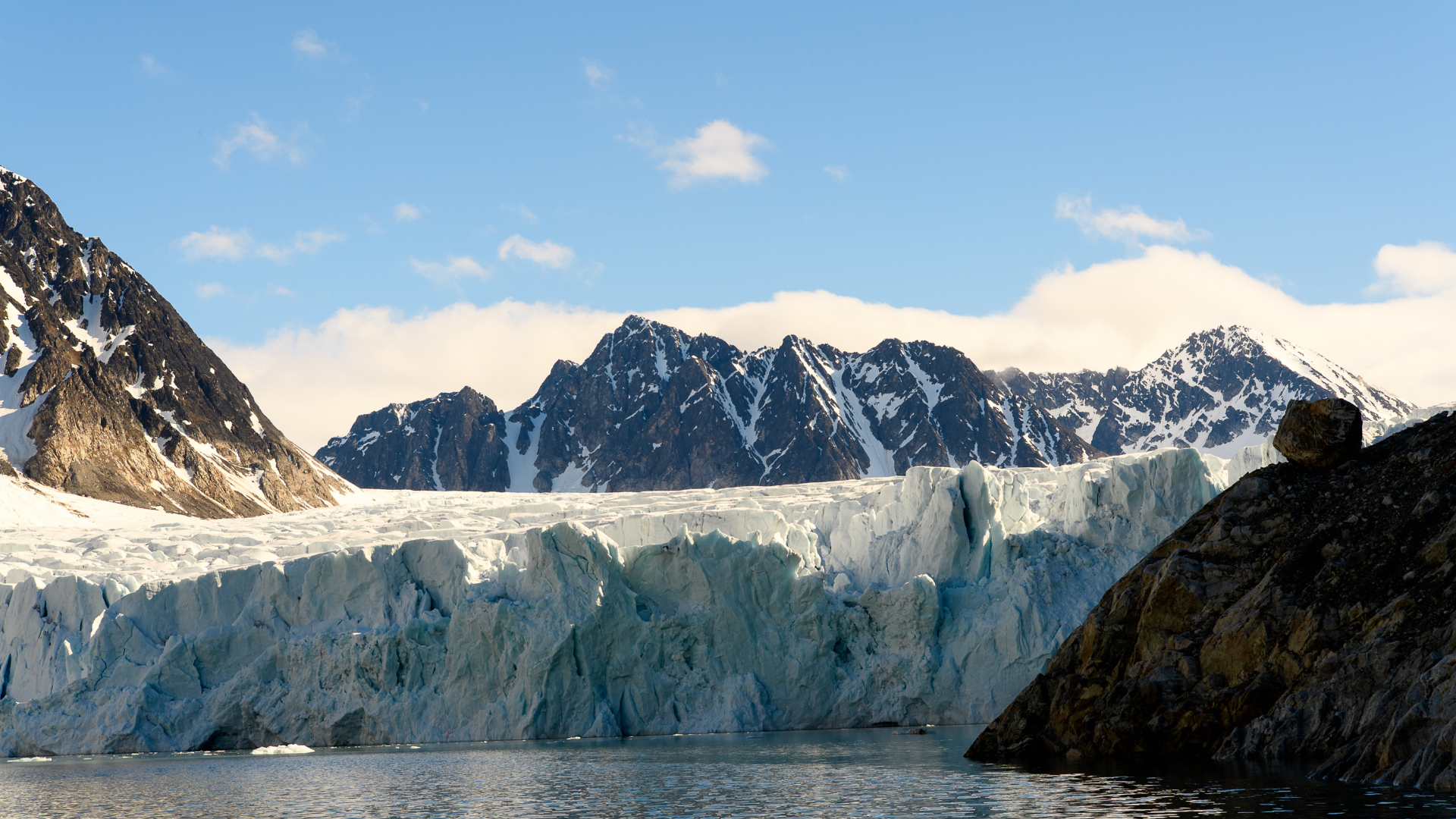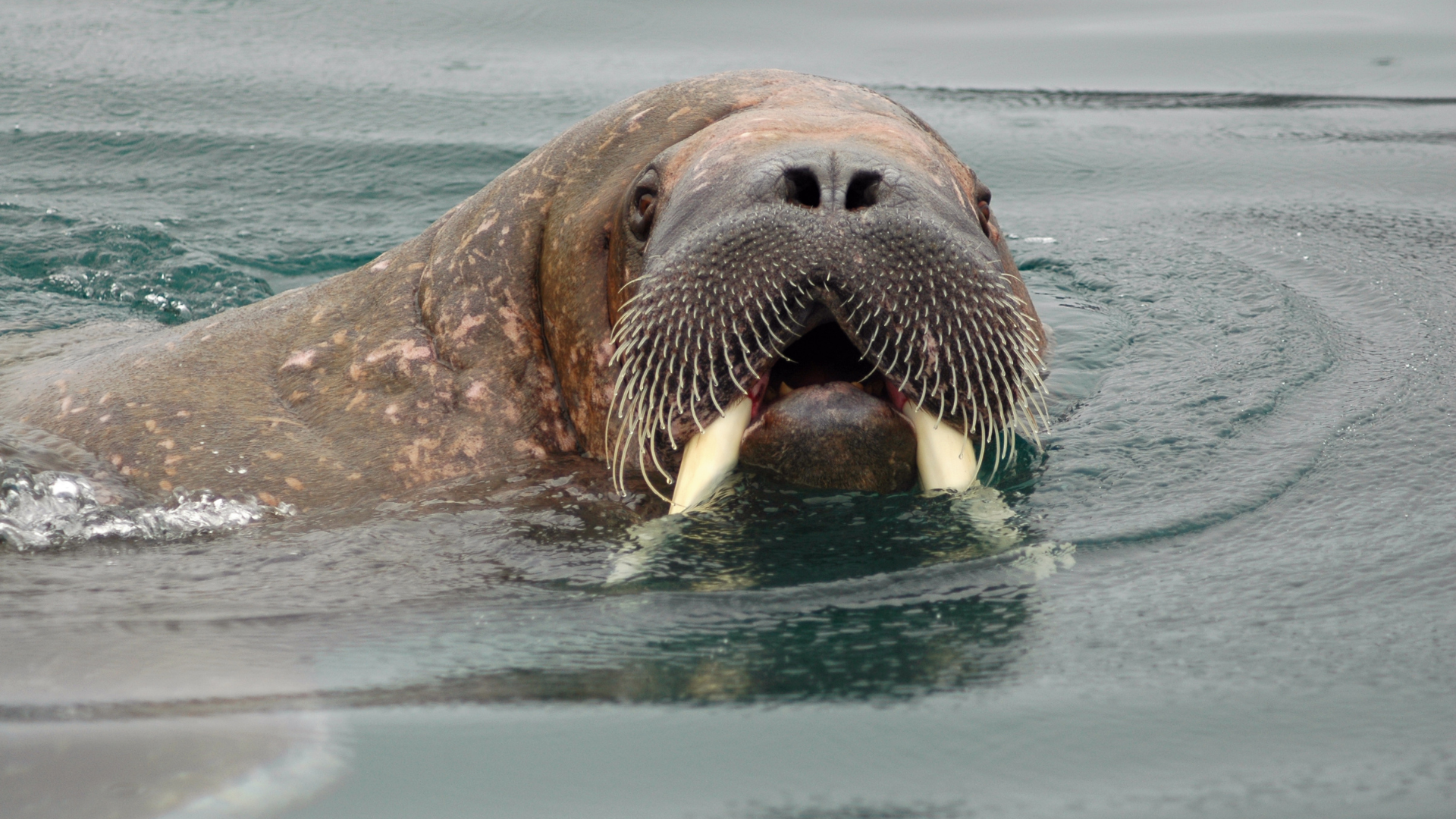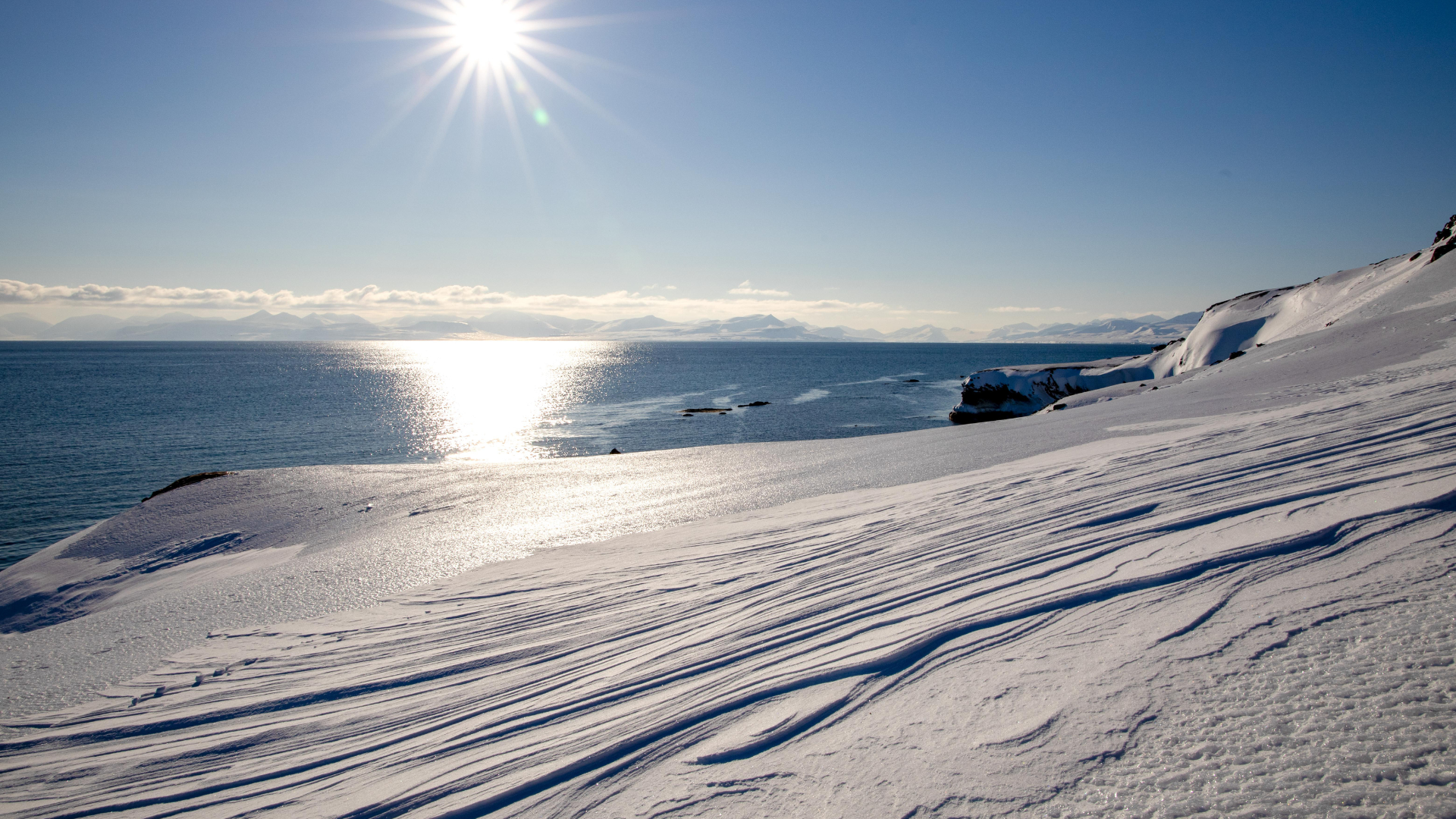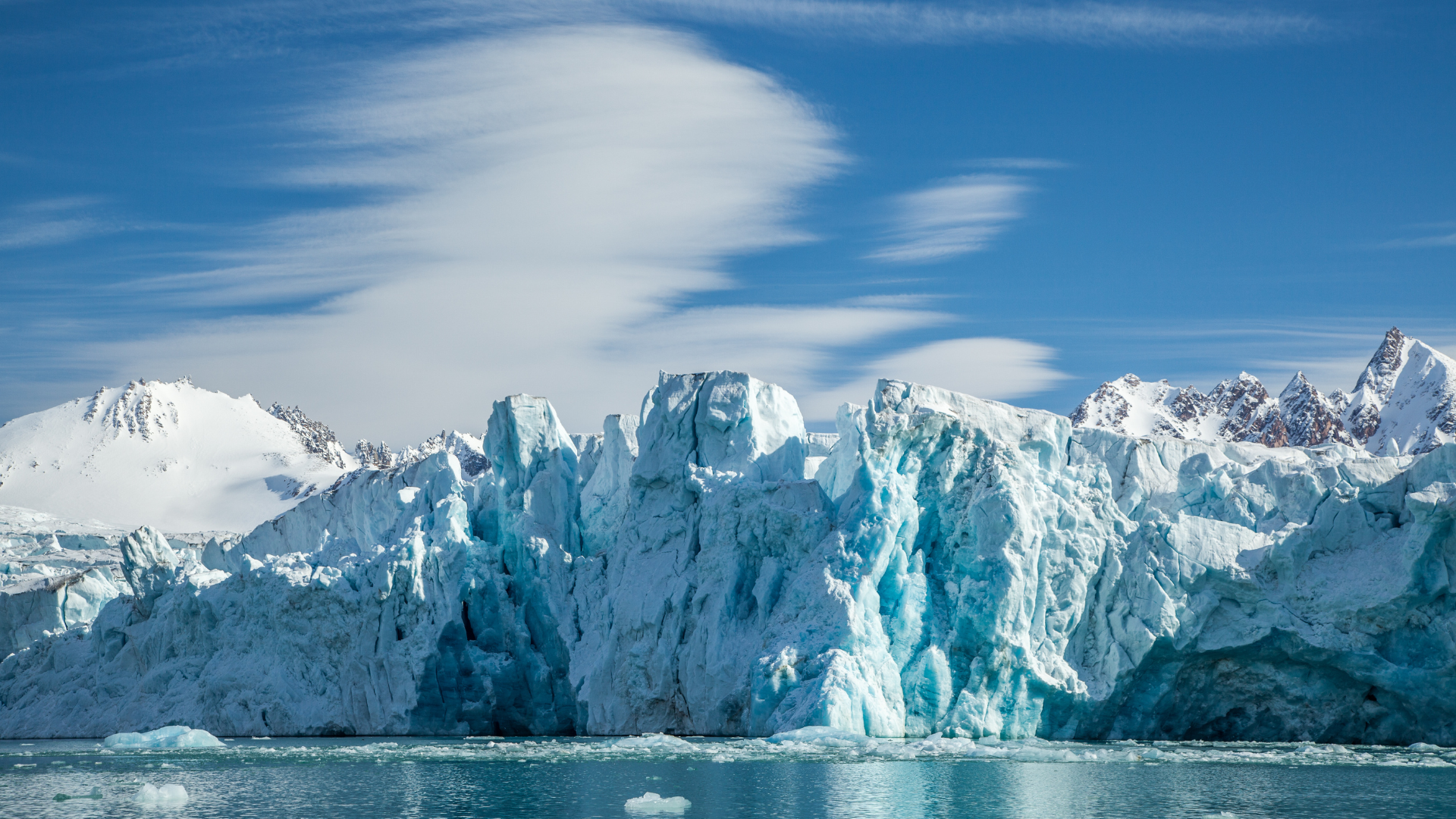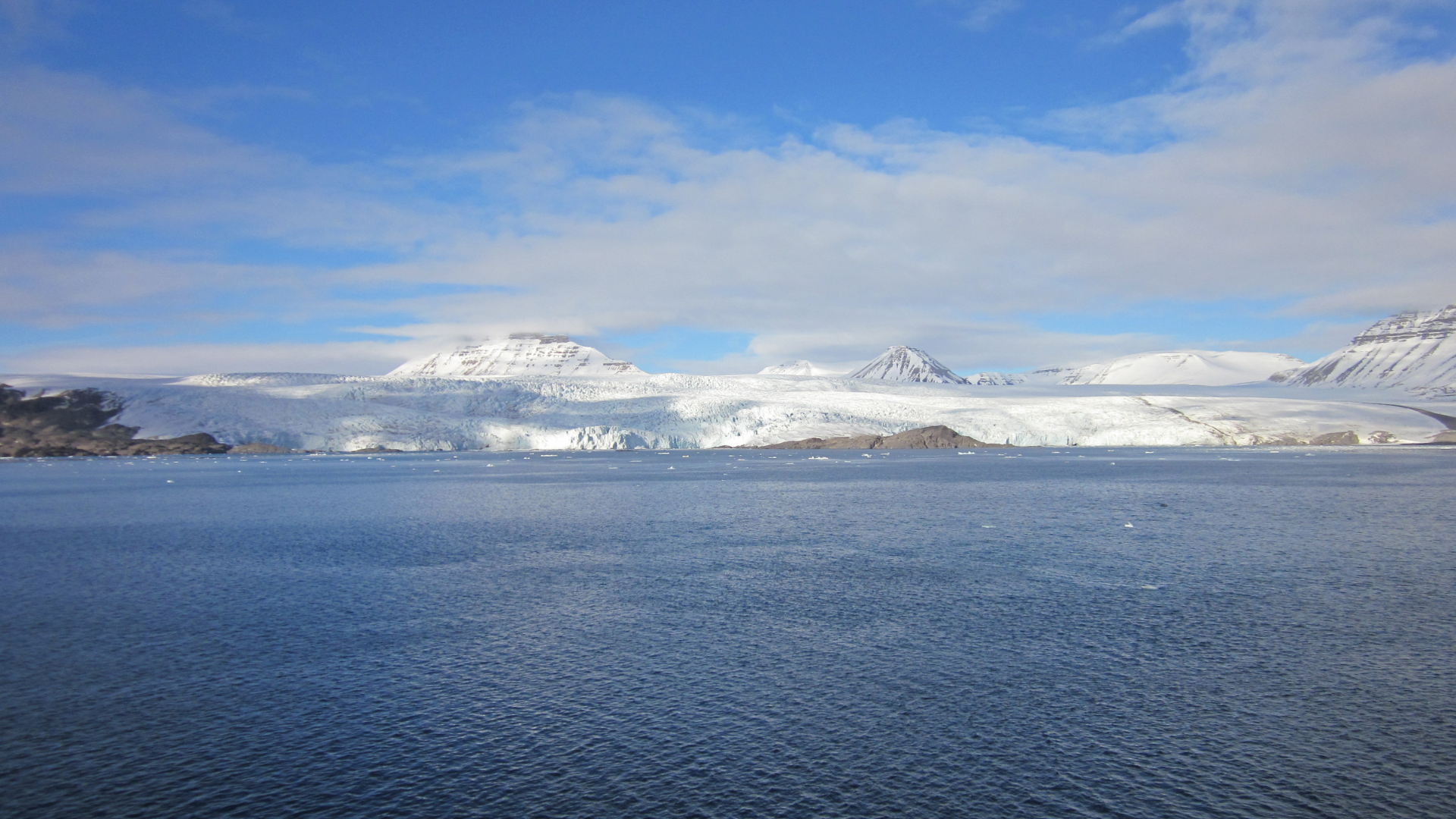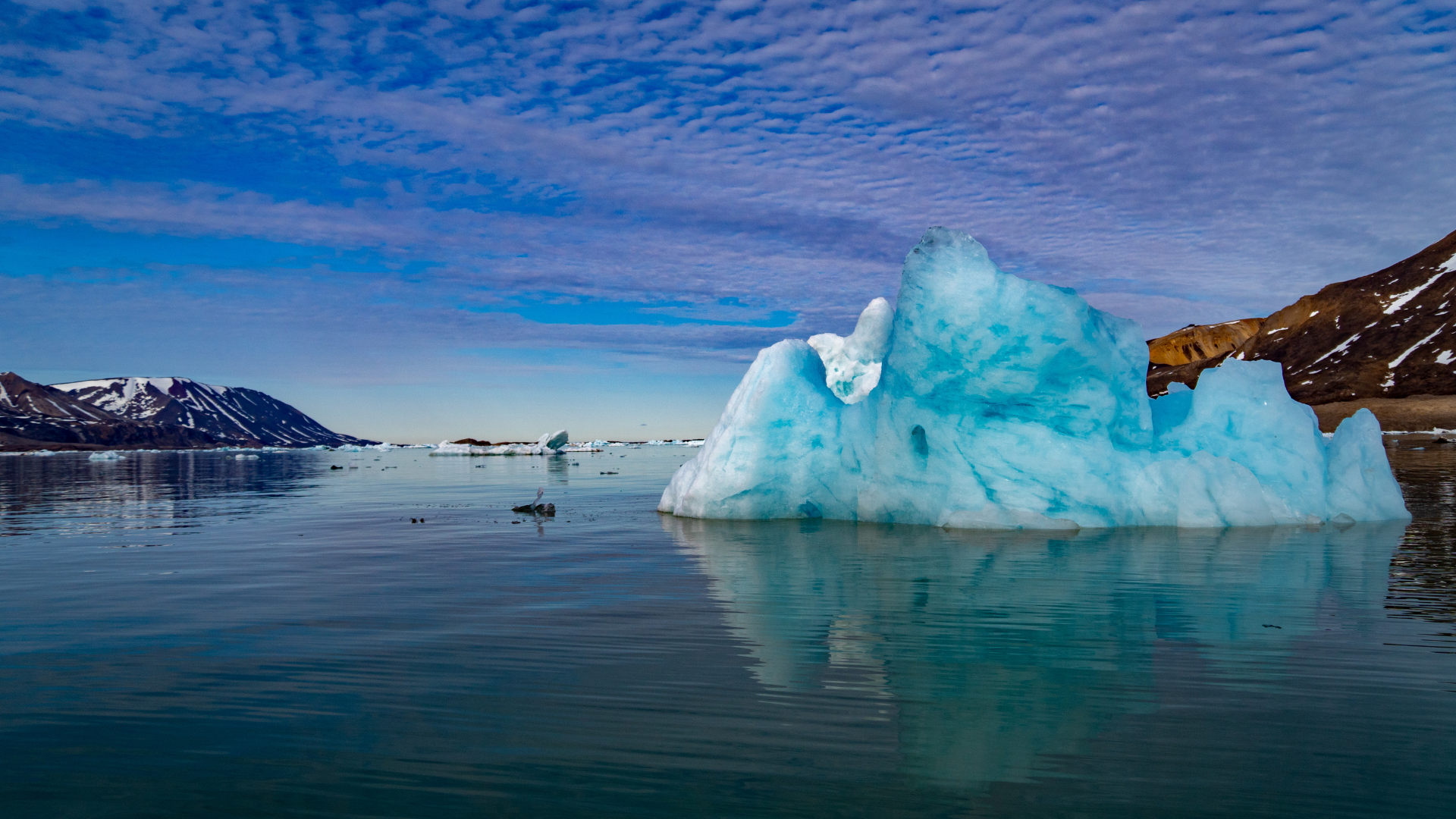Spitsbergen Wildlife in January: A Winter Wonderland of Adaptation
Spitsbergen Wildlife in January: A Winter Wonderland of Adaptation
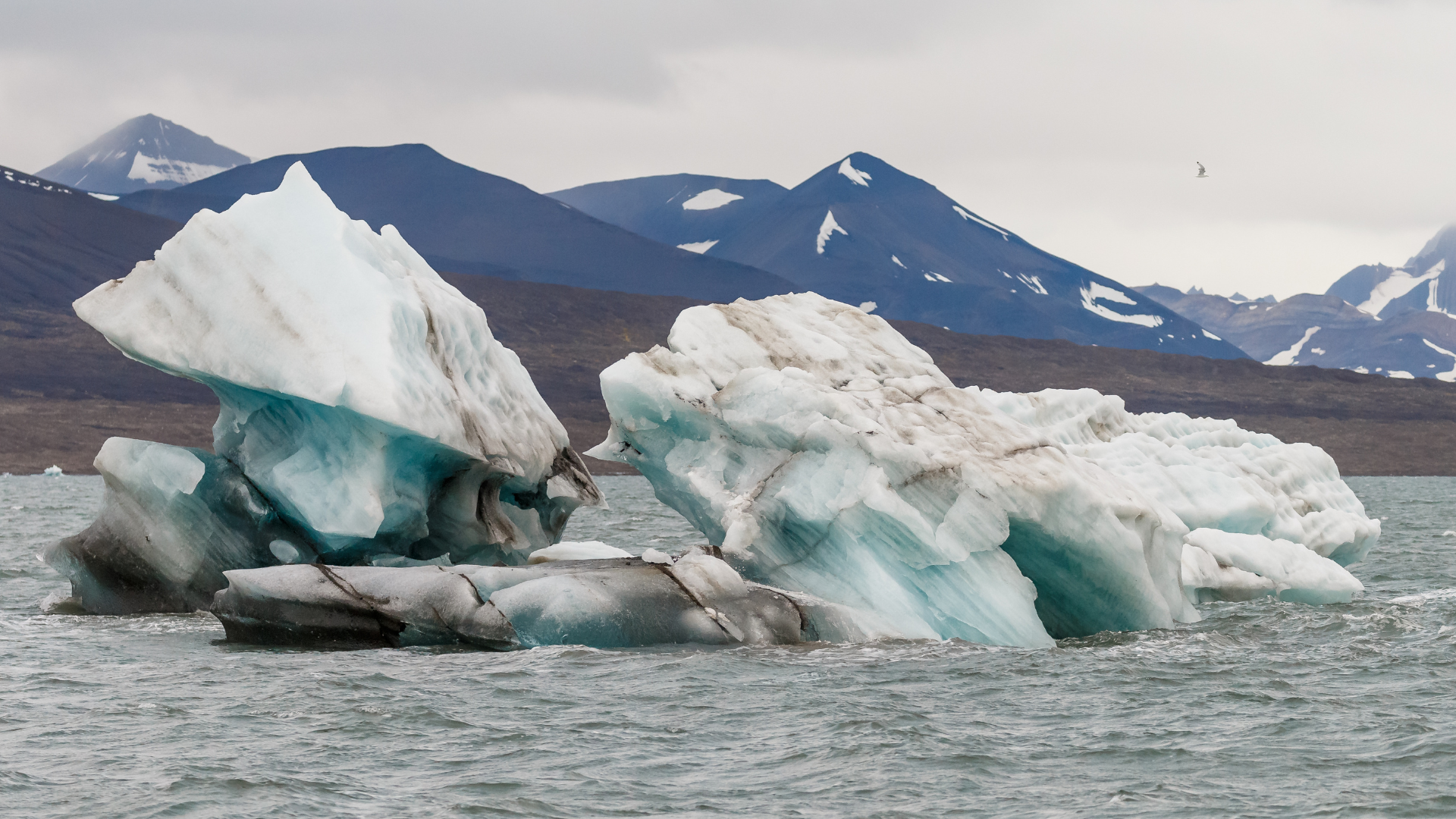
Spitsbergen, the largest island in the Svalbard archipelago, transforms into a stunning winter wonderland every January. With polar nights shrouding the landscape in darkness for most of the day, the wildlife that inhabits this Arctic region adapts remarkably to the harsh conditions. During this month, temperatures can plummet to -20°C (-4°F), making survival a true test of resilience for the animals that call Spitsbergen home. The icy expanse and snow-covered terrain offer a captivating backdrop for observing some of the most remarkable wildlife on Earth.
As the sun remains low on the horizon, polar bears emerge as one of the main attractions for visitors during January. These magnificent creatures are highly active in their quest for food, primarily relying on the sea ice to hunt seals. With their thick layer of blubber and dense fur, polar bears are uniquely equipped to withstand extreme cold. Observing them as they navigate the icy terrain, using their keen sense of smell to locate breathing holes in the ice, is a mesmerizing experience. Guided tours often take visitors to prime viewing locations, where they can safely observe these apex predators in their natural habitat, showcasing their strength and grace.
Alongside polar bears, Arctic foxes are also notable inhabitants of Spitsbergen in January. With their thick fur coats that change from brown in summer to white in winter, they are perfectly camouflaged against the snowy landscape. These cunning hunters are skilled at locating small mammals, such as lemmings, beneath the snow. As visitors trek through the icy wilderness, they may spot these elusive creatures darting across the tundra, demonstrating their adaptability and survival skills in the frigid environment.
The reindeer of Spitsbergen, a distinct subspecies known as Svalbard reindeer, are another highlight of the wildlife scene in January. These sturdy animals have evolved to thrive in the Arctic, sporting shorter legs and a stocky build that helps conserve heat. The herd behavior of reindeer is fascinating to observe, as they graze on the sparse vegetation exposed by the wind and snow. Travelers may find themselves captivated by the sight of these gentle herbivores, often seen in groups, as they navigate the stark beauty of their frozen habitat.
While the extreme cold may deter many animals from being active, January is a vital time for the island's ecosystem. The food web is intricate, with each species playing a role in maintaining balance. Predators like polar bears and Arctic foxes depend on prey species such as seals and lemmings. The interactions between these animals provide a glimpse into the delicate relationship between predator and prey in this harsh environment.
In addition to the terrestrial wildlife, January offers unique opportunities to witness the stunning Arctic landscapes that define Spitsbergen. The interplay of light and shadow during the polar night creates an ethereal atmosphere, with the sun barely rising above the horizon. This time of year is also an excellent chance to experience the beauty of the Northern Lights, as the dark skies provide a perfect canvas for the vibrant auroras that dance across the heavens.
For those eager to explore this pristine wilderness, January offers a range of guided excursions that cater to wildlife enthusiasts. These tours provide expert insights into the behaviors and adaptations of the island's wildlife, ensuring a rich and educational experience. From snowshoeing through the landscape to ice-covered fjords, adventurers can immerse themselves in the beauty of Spitsbergen while observing its diverse fauna.
While the frigid temperatures may seem daunting, the winter months in Spitsbergen offer a unique opportunity to witness the resilience of wildlife. The interactions between species, the stunning Arctic landscapes, and the captivating presence of the Northern Lights create an unforgettable experience. In January, the wildlife of Spitsbergen shines bright against the stark backdrop of winter, inviting explorers to discover the wonders of this remote Arctic paradise.
